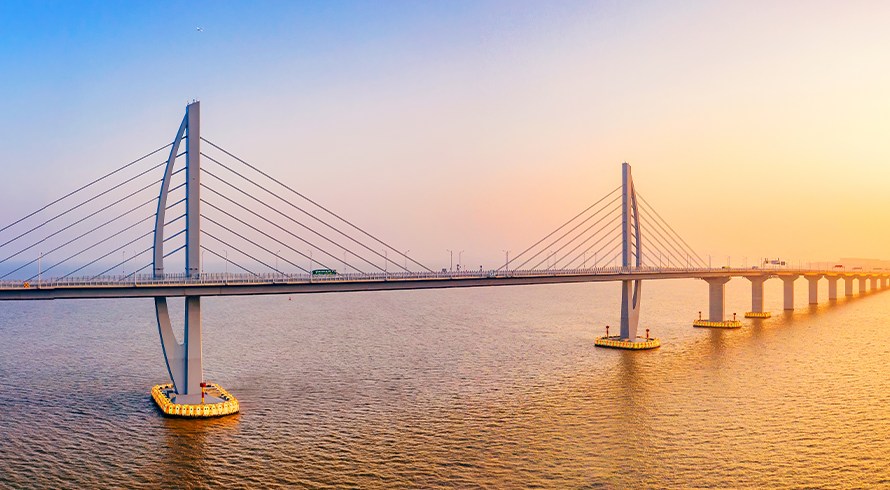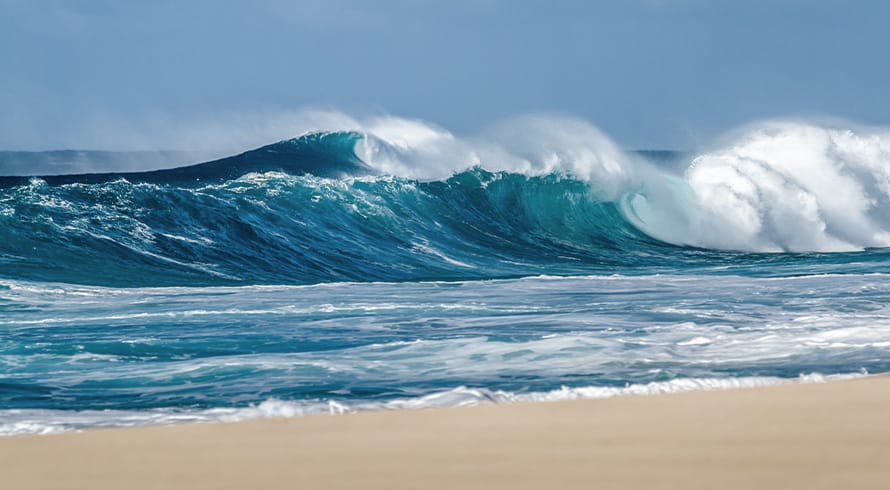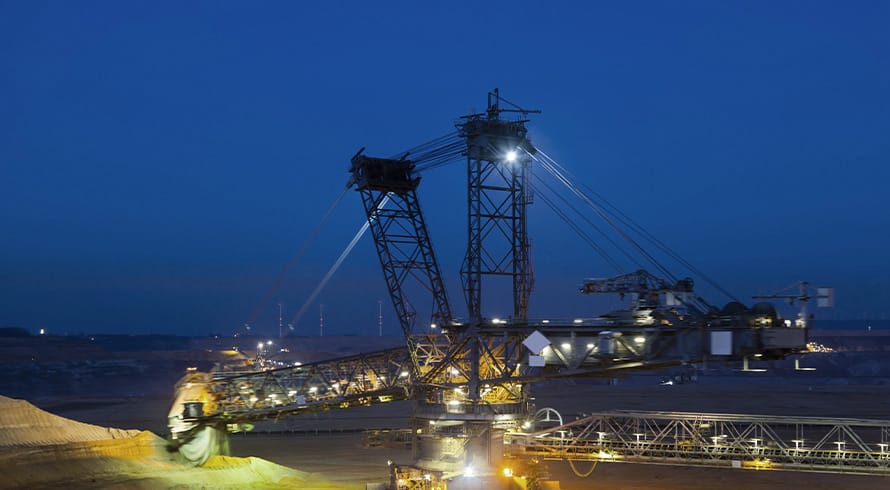The draft National Infrastructure Plan 2050: A focus on the water sector
At a glance
- The Department of Public Works and Infrastructure (DPWI) has published the draft National Infrastructure Plan (NIP) 2050, focusing on water, energy, freight transport, and digital communications.
- The NIP 2050 identifies challenges in the water sector, including drought, urbanization, population growth, poor infrastructure maintenance, water pollution, and inadequate policymaking.
Recommendations include accurate data for water resource planning, clean audits for water institutions, financial sustainability, and infrastructure maintenance to address leaks and spills. - However, the NIP 2050 lacks clear direction on technology application and faces challenges in implementation and accountability.
The water sector is significant because South Africa is a water scarce country. The National Development Plan (NDP) envisions “universal and reliable access to water of an acceptable quality and quantity in support of a strong inclusive economy and a healthy environment by 2030” – which is only nine years away. The stumbling blocks and challenges to achieving this goal are multifaceted and include the drought which has affected southern Africa over the past few years, exacerbated by the impacts of climate change; the intertwined pressures of economic growth and urbanisation; population growth; poor maintenance of water resources infrastructures; an increase in the pollution of water resources; the poor performance of wastewater treatment plants; and inadequate policymaking to combat the effects of all the above, which have merged together to contribute to South Africa’s acute water crisis.
According to the NIP 2050, in the agriculture sector where water quality is not a major concern, the inefficient use of water is a big problem, with an average loss of water in government irrigation schemes estimated to be at 27%. In the mining sector, the impact of mining operations on water quality and the availability of water, both for the mining companies and the communities and businesses in the vicinity of the mines, are of concern. As noted in the NIP 2050, beyond the degradation of water resources, an additional problem facing the mining sector is the backlog of water use licencing applications. In urban areas, municipal management of water services is not on track to cater for the predicted 43% increase in demand for water by 2050.
Water recommendations
In April 2021, the council of the Presidential Infrastructure Coordinating Commission adopted measures to address the institutional challenges contributing to the water crisis. These are envisaged to be: the establishment of a National Water Resource Infrastructure Agency; reducing the water licencing backlog; establishing catchment management agencies; developing a National Water Tariff Policy; and improving the planning of water infrastructure projects at the municipal level to ensure access to funding from the infrastructure fund that was established in 2018.
The NIP 2050 recommends that certain conditions be established in order to reach the goal of universal and reliable access to water. These include that (i) water resource planning be based on data that is accurate and up to date; (ii) institutions tasked with water policies or implementation must consistently obtain clean audits; (iii) the provision of water must be financially sustainable by improving revenue collection; and (iv) existing infrastructure must undergo maintenance and be rehabilitated in order to address water leakages and spills.
Is the NIP 2050 adequate?
The NIP 2050 is a continuation of the government’s actions in developing the National Infrastructure Plan back in 2012, which identified 18 Strategic Integrated Projects (SIPs) in a number of sectors, including water and sanitation. The NIP 2050 is upfront in stating that it is not intended as a comprehensive enumeration of all the projects required to address the problems in the four identified critical sectors. It merely seeks to identify the actions required in each sector that will bring about the fulfilment of the NDP goals.
Purpose
Although it is a document one can agree with, the discussion on the water sector offers similar content to that found in previous policy documents, such as the National Water Resources Strategy, which is obsolete and needs to be updated. The NIP 2050 correctly identifies that the lack of long-term planning and effective cross-sectoral co-operation are crippling the water sector. However, it does not go beyond simply proposing the establishment of new agencies or regulatory bodies to oversee strategic planning.
The NIP 2050 may in fact suffer the same fate as current infrastructure projects or policy documents which have been rendered redundant in the face of institutional challenges. One example is the Giyani Water Project in Limpopo, which started as an emergency project to provide water to people living in disconnected small towns and villages during the drought. The project has been severely hampered by corruption, with the tender for the completion of the project being awarded irregularly. The cost of the project has ballooned from an initial amount of R247 million to over R2,5 billion. Although the project undoubtedly engenders many of the goals the NIP 2050 posits, the lack of accountability of such a project has led to wasted costs.
Another example is the “War on Leaks” initiated in 2014 by the Department of Water and Sanitation.
The programme involved training employees with the skills to tackle water losses by fixing leaking taps and pipelines or registering unregistered water users for the purpose of collecting fees. Following the awarding of the tender, the cost of the training programme increased to over R2 billion, but the deployment of the trainees to areas where they are needed did not materialise as expected.
Lastly, the NIP 2050 does not provide clear direction on how developments in technology can be applied in South Africa. Desalination is only briefly mentioned, with the DPWI stating that the use of desalination will increase in importance over time. However, in light of the realities of South Africa’s water scarcity, there is no indication of whether Government will pursue desalination processes as a means to ensure water security for the future.
Conclusion
The NIP 2050 warns that without the implementation of necessary measures, all metropolitan areas across the country may be placed under water restrictions in the next five years. Water is so vital for the functioning of everyday life and multiple economic and industrial sectors, that the impact of such restrictions will reverberate throughout the country, similar to how load shedding – and the interruptions and discomfort it causes – has impacted the country.
Although it is commendable that Government has identified the development of water infrastructure as crucial to the country’s economic and social growth, we urgently need to see the implementation of such measures in order to avoid a water crisis.
The information and material published on this website is provided for general purposes only and does not constitute legal advice. We make every effort to ensure that the content is updated regularly and to offer the most current and accurate information. Please consult one of our lawyers on any specific legal problem or matter. We accept no responsibility for any loss or damage, whether direct or consequential, which may arise from reliance on the information contained in these pages. Please refer to our full terms and conditions. Copyright © 2026 Cliffe Dekker Hofmeyr. All rights reserved. For permission to reproduce an article or publication, please contact us cliffedekkerhofmeyr@cdhlegal.com.
Subscribe
We support our clients’ strategic and operational needs by offering innovative, integrated and high quality thought leadership. To stay up to date on the latest legal developments that may potentially impact your business, subscribe to our alerts, seminar and webinar invitations.
Subscribe




